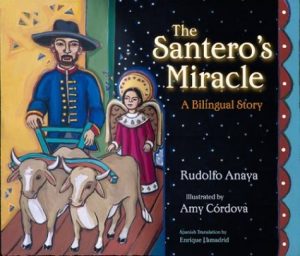
A family memoir full of New Mexico flavor, Tortilla Chronicles serves up a hearty helping of the “City Different” from the perspective of the humble, hardworking Romeros, a family honored for its contributions to regional folk arts. Marie Romero Cash, herself a renowned artist, poignantly sketches each family member using his or her own voice. Their stories present a rare glimpse into the life of a traditional Hispano family and provide an antidote to typical nostalgic tourist accounts of 1950s Santa Fe. One of the main characters is Santa Fe itself, and the narrative tours the city’s streets, shops, plaza, and surrounding hills and arroyos in astounding detail. The ancestry and rituals of family life, the culture and religion of northern New Mexico, and the growth of a neighborhood and its children are all part of the recipe.






